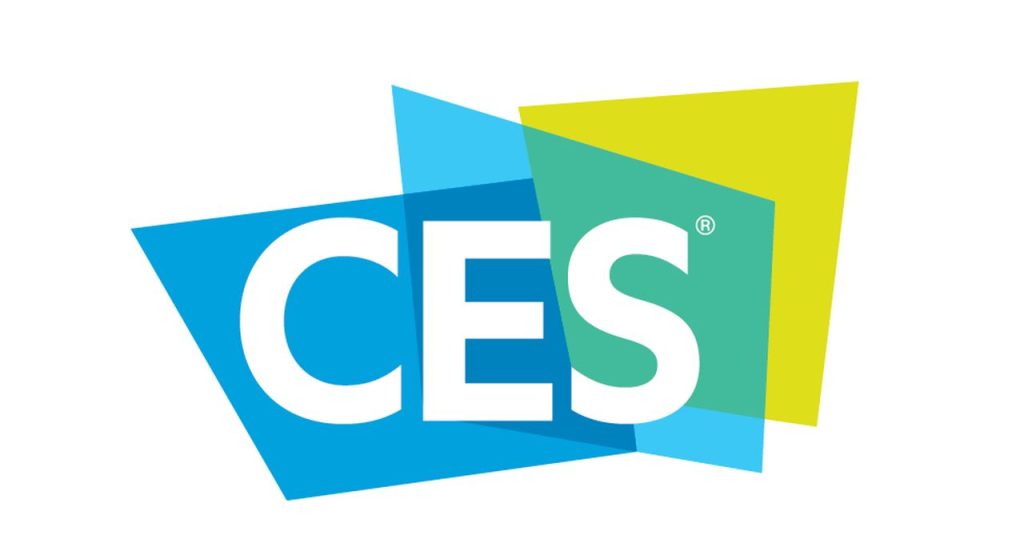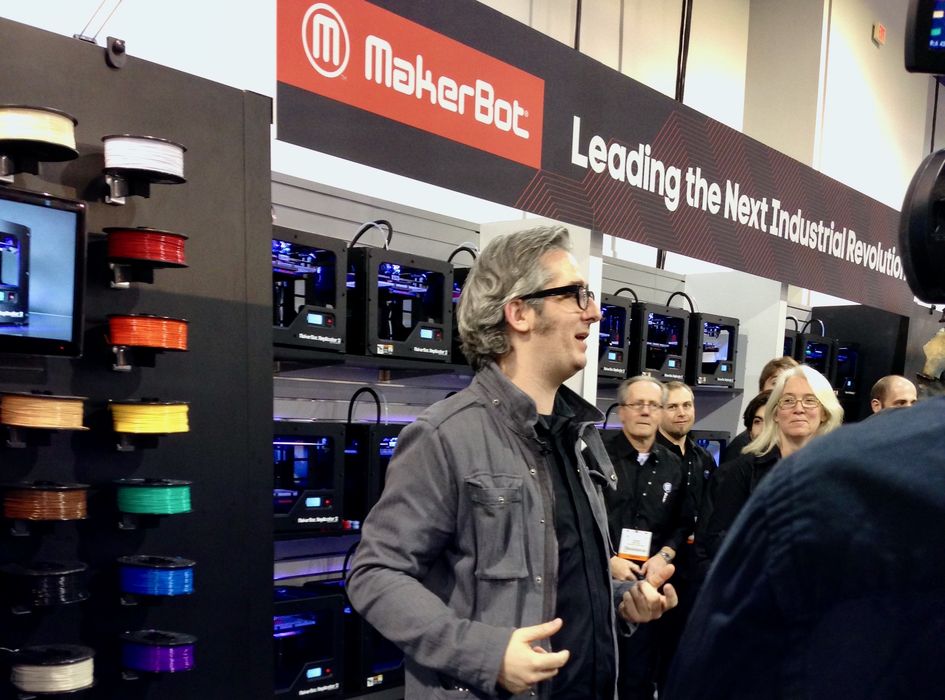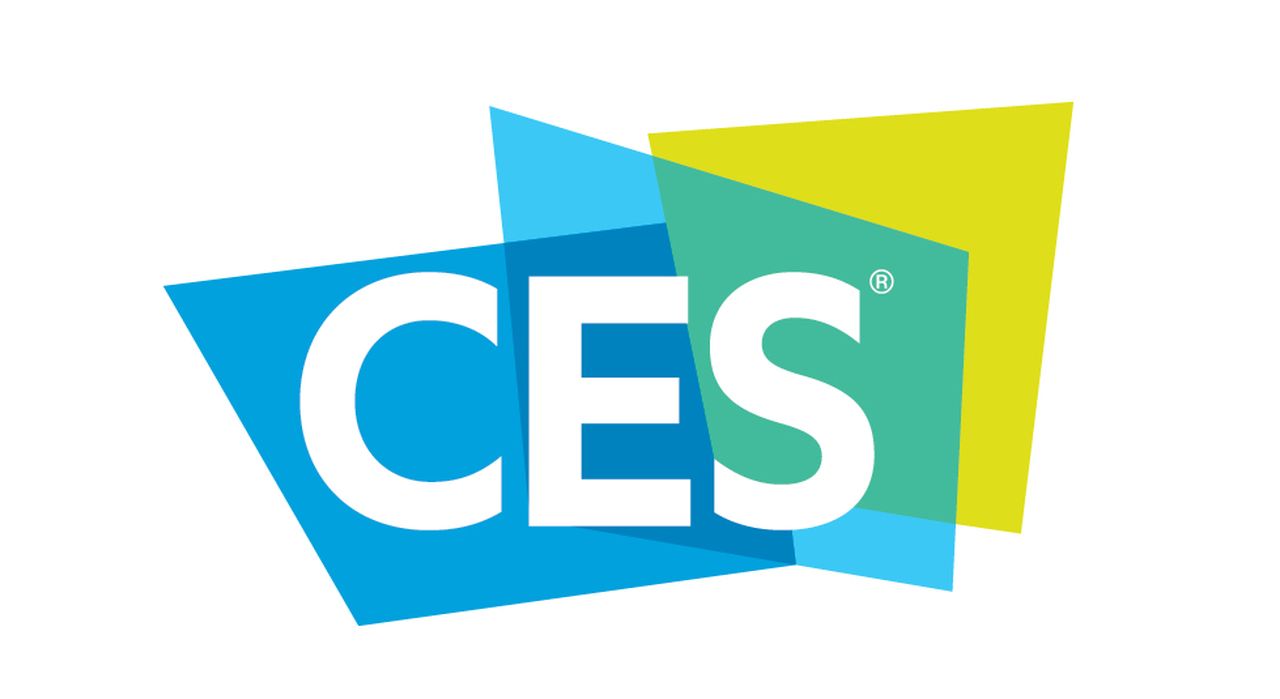
Who’s going to CES 2023? We’re not.
CES 2023 is about to start, and the gigantic annual tech event used to be THE place to announce new 3D printers and related products, but it isn’t that way any more.
The story of why this happened is quite interesting, and is a piece of 3D print history.
It all began with the expiry of Stratasys’ FDM patents in 2008, which opened the door for others to use the same process in less expensive designs. One of the many entrants at the time was MakerBot, led by then-CEO Bre Pettis.
Pettis was quite the marketer, as he devised a brilliant strategy to promote his company’s new product, the Replicator desktop 3D printer. Coming from a makerspace / open source background, Pettis and crew positioned their device as a personal 3D printer, one that any consumer might want to use.
There were other reasons for this strategy: the Replicator was utterly unfit for use in professional or production environments, and those markets were not open to them. But hobbyists, DIY folks and general consumers might be.
The campaign began with demonstrations of using the Replicator to produce household items, which was quite successful in the DIY space.
But what better place to gain publicity for a consumer machine than at the annual Consumer Electronics Show, a.k.a. CES? MakerBot set up what was likely the only 3D printer stand at CES in 2010. Being the only entrant in a new and increasing (at the time) interesting new technology, MakerBot garnered considerable interest from the ocean of tech media at the event. It was a huge success.

MakerBot returned to CES in the following years and even launched new machines at the show. I was even present at one of these announcements, where the Replicator 2X was launched.
Because of MakerBot’s success, many other 3D printers companies of the day also showed up at succeeding CES events. At one point I believe there might have been around 150 3D printer-related exhibitors at CES, creating their own tech zone in the “innovations” hall along with other amazing new tech like wearables, etc.
Even companies that had nothing to do with consumer 3D printing showed up, like Stratasys. My thinking at the time was that Stratasys was trying to keep up with 3D Systems, which was then trying to launch a line of consumer 3D printing equipment and services.
But that was a bit strange, because the attendees of CES are not makers, architects, designers and production folks; they are actually buyers for electronics. A typical attendee would be the product manager for an electronics store, looking for the latest cameras and TVs to order next year.
Eventually, after MakerBot was acquired by Stratasys, their presence at CES stopped. This made complete sense, as most 3D printer companies then were desperately switching gears to focus on professional applications because the consumer market crashed and burned.
With the withdrawal of MakerBot, many other 3D printer manufacturers also realized CES was not the right place to market their products. The number of 3D printer companies at the event dropped significantly, and the final CES our team attended had only around twenty exhibitors. Many of them were first-time Asian companies that did not realize what they were getting into.
Since then the number of 3D print exhibitors at CES has remained low, and as such we’re not looking to attend the event. That said, there are still companies that go to CES.
I took a look at the CES 2023 exhibitor list to see if the pattern still holds, and it seems to be so. Here’s the relevant exhibitors I found
3D Music (3D printed guitars)
AddOptics (3D print service for optical elements)
Handddle (Machine learning monitoring of AM equipment)
JER Education (3D Pen manufacturer and associated items)
Kyungil University (Food 3D printer)
Lynxter (Professional-level multi-material 3D printer)
Neutrogena (3D printed dietary skin health supplements)
Shenzhen Hotack (DLP 3D Printer)
Revopoint (3D scanning system)
SavorEat (Robot chef using 3D printing tech)
Snapmaker (Multi-tool 3D printer)
Spero3D (desktop 3D printer upgrades and accessories)
And that’s about it. There are a few more that have registered under the “3D print” tag, but they are services that happen to involve 3D printing and really focus on their end product.
[UPDATE] Formlabs contacted us to say that they are indeed attending, but for some unexplainable technical reason, the company does not appear on the CES exhibitor directory for “3D printing”. They say they are able to make sales at the event, as they have a number of customers that attend.
If you’re looking for 3D print innovations and announcements, CES 2023 is probably not the best place to go, especially considering the skyrocketing cost to attend the event.
Via CES

